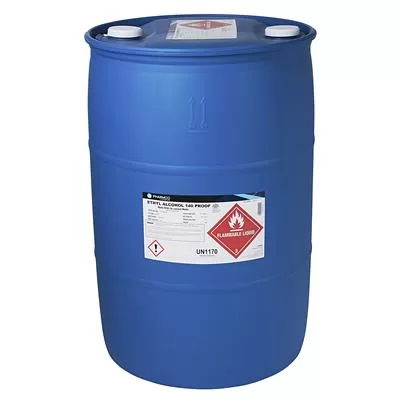The Ultimate Guide to Choosing the Right Thinner for Your Painting Projects

Choosing the right thinner for your painting projects is crucial to achieving the perfect finish. Thinners are solvents that help to reduce the viscosity of paint, allowing for smoother application and improved results. Here’s your ultimate guide to understanding thinners and selecting the best one for your needs.
1. Understanding the Types of Thinners
There are several types of thinners, each suitable for different paints and projects:
- Mineral Spirits: Ideal for oil-based paints, mineral spirits are a go-to choice for many painters. They clean brushes and thin paints, leaving no residue or scent behind once they evaporate.
- Turpentine: This is a strong, traditional solvent, often used for oil paints. It works well for thinning and cleaning but has a distinct, strong odor.
- Acetone: Known for its strong evaporation rate, acetone is used for thinning enamel paints and cleaning surfaces. It’s effective but can be harsh, so use it with caution.
- Water: For water-based paints, such as acrylics, water is the best thinner. It dilutes the paint, improving flow and helping to achieve a smooth finish without compromising the quality of the paint.
- Lacquer Thinner: A versatile thinner for lacquers, varnishes, and some enamels, it is more aggressive than others but provides great results for smooth finishes.
2. Matching the Thinner to the Paint
The thinner you choose should align with the type of paint you’re using. For example:
- Oil-based paints require mineral spirits or turpentine.
- Water-based paints are best thinned with water.
- Enamels and lacquers work well with acetone or lacquer thinner.
3. Safety Considerations
Always use thinners in well-ventilated areas, and wear protective gear such as gloves and masks. Some thinners, like turpentine and acetone, can emit harmful fumes, so safety should always be a priority.
4. Testing and Experimenting
Before starting a large project, always test the thinner on a small section of your surface to ensure compatibility. This ensures the paint achieves the desired consistency and finish.
By selecting the right thinner for your project, you can significantly improve the quality of your work, ensuring smooth, professional results every time.


 Emollients
Emollients Humectants
Humectants UV Filters
UV Filters Surfactants (cosmetic)
Surfactants (cosmetic) Preservatives (cosmetic)
Preservatives (cosmetic) Fragrances and Essential Oils
Fragrances and Essential Oils Antioxidants (cosmetics)
Antioxidants (cosmetics)
 LABORATORY EQUIPMENT & APPARATUS
LABORATORY EQUIPMENT & APPARATUS
 Precious Metal Extraction Agents
Precious Metal Extraction Agents

 Fertilizers
Fertilizers Plant Growth Regulators
Plant Growth Regulators Soil Conditioners
Soil Conditioners Animal Feed Additives
Animal Feed Additives Biostimulants
Biostimulants
 Dough Conditioners
Dough Conditioners Flour Treatments
Flour Treatments Fat Replacers
Fat Replacers Preservatives (baking)
Preservatives (baking)
 Surfactants (cleaning)
Surfactants (cleaning) Builders
Builders Bleaching Agents
Bleaching Agents Enzymes
Enzymes Solvents (cleaning)
Solvents (cleaning) Fragrances
Fragrances Disinfectant
Disinfectant Metal cleaning
Metal cleaning





 Surfactants(oil)
Surfactants(oil)
















